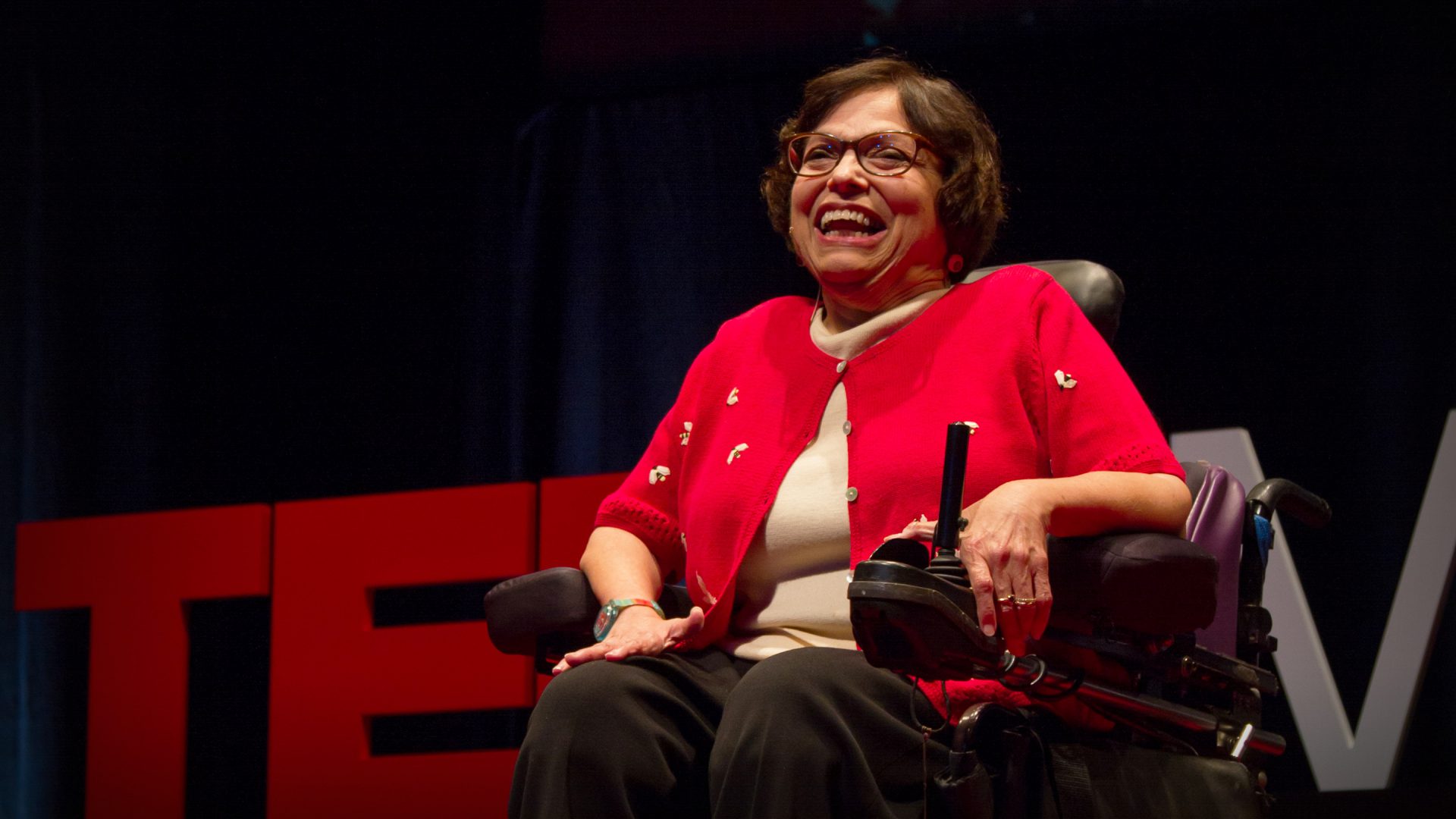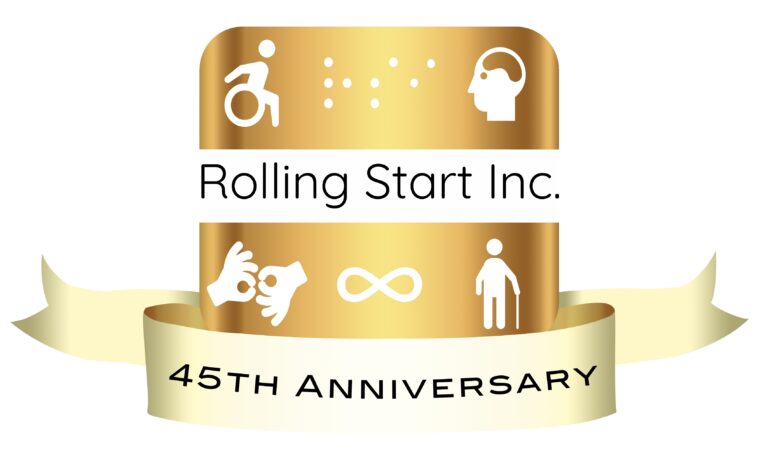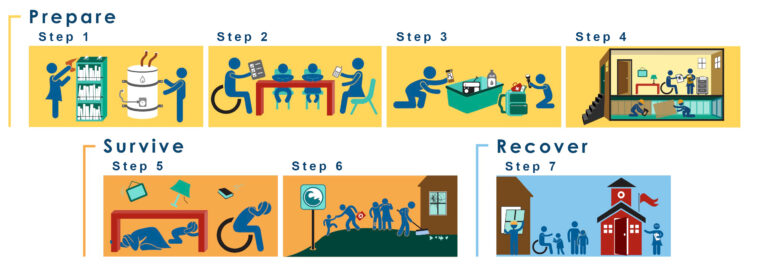Are you up to date with your Covid-19 booster shots?
March 17, 2023

|
|
|

|
|
|

A picture of Judith Heumann speaking on stage at a TED Talk. [Image Source: www.judithheumann.com]
Judith “Judy” Heumann— widely regarded as “the mother” of the disability rights movement— passed away in Washington, D.C. on March 4, 2023.
Judith Heumann was a lifelong advocate for the rights of disabled people. She has been instrumental in the development and implementation of legislation, such as Section 504, the Individuals with Disabilities Education Act, the Americans with Disabilities Act, the Rehabilitation Act, and the UN Convention on the Rights of Persons with Disabilities. She will forever be remembered as “the mother” of the disability rights movement.
Watch this beautiful video tribute about her from MSNBC. Rachel Maddow celebrates the life and accomplishments of Judy Heumann below.
“Because she made a fuss, Judy Heumann made everyone’s life better” (msnbc.com)

Celebrating 45 years of service
This year is our 45th year of operation. We’ve seen a lot of changes and faced a lot challenges, but we’re still here doing our best to help our community. We strive to help all of our consumers achieve an independent lifestyle of their choice and are looking forward to many more years servicing you.
Thank you for letting us be a part of your journey!

Seven Steps to Earthquake Safety
This month is National Preparedness Month. The Earthquake Country Alliance shares the seven steps to earthquake Safety:
Step 1: Secure your space by identifying hazards and securing moveable items.
Step 2: Plan to be safe by creating your emergency plan and deciding how you will communicate.
Step 3: Organize emergency supplies in convenient locations.
Step 4: Minimize financial hardship by organizing important documents, strengthening your property, and considering insurance coverage.
Step 5: Drop, Cover, and Hold On or other recommended actions (if you feel shaking or get an alert).
Step 6: Improve safety after earth- quakes by evacuating if necessary, helping the injured, and preventing further injuries or damage.
Step 7: Reconnect and Restore daily life by reuniting with others, repairing damage, and rebuilding community.
Follow these Seven Steps to Earthquake Safety to be prepared to survive and recover from the next damaging earthquake. Learn more at EarthquakeCountry.org/sevensteps.

Updated Messaging: COVID-19 Fall Boosters
“On September 1, the CDC announced updated recommendations for Pfizer and Moderna COVID-19 boosters for people age 12 and up. The updated booster dose is a bivalent formula that both boosts immunity against the original coronavirus strain and also protects against the newer Omicron variants that account for most of the current cases.
The CDC recommends that everyone who is eligible stay up-to-date on vaccinations by getting an updated booster dose at least 2 months after their last COVID-19 shot—either since their last booster dose, or since completing their primary series. Pfizer’s updated booster shot is authorized for individuals 12 and older, and Moderna’s is authorized for adults 18 and older
As new variants of the virus emerge, updated boosters are intended to provide optimal protection against COVID-19 and address waning vaccine effectiveness over time. In light of the CDC’s updated recommendations, we’ve updated our Answers to Tough Questions and booster dose toolkit with new messaging guidance, graphics, and sample social posts in both English and Spanish to help answer questions in your community.”
-Public Health Communications Collaborative
It’s getting hot out here!
A few things you can do to prepare the community and individuals you serve for hot temperatures:
View our Terms and Privacy Policy.